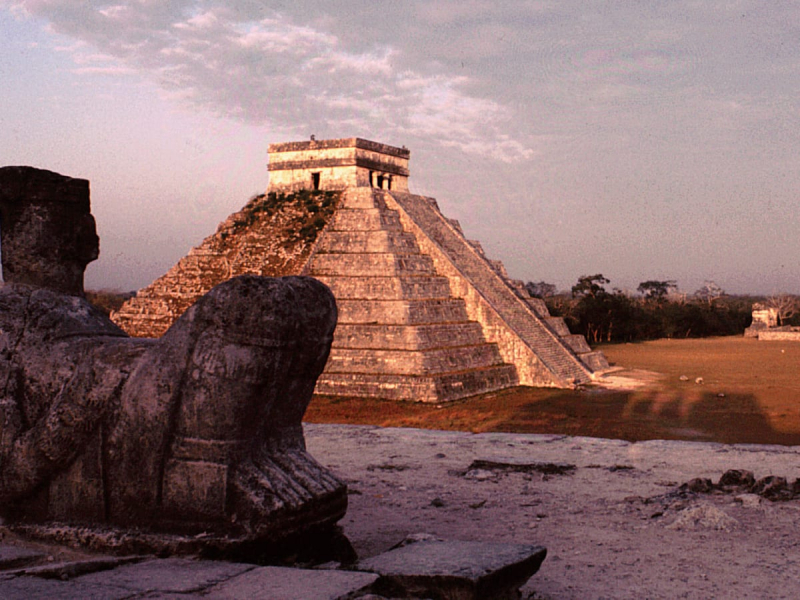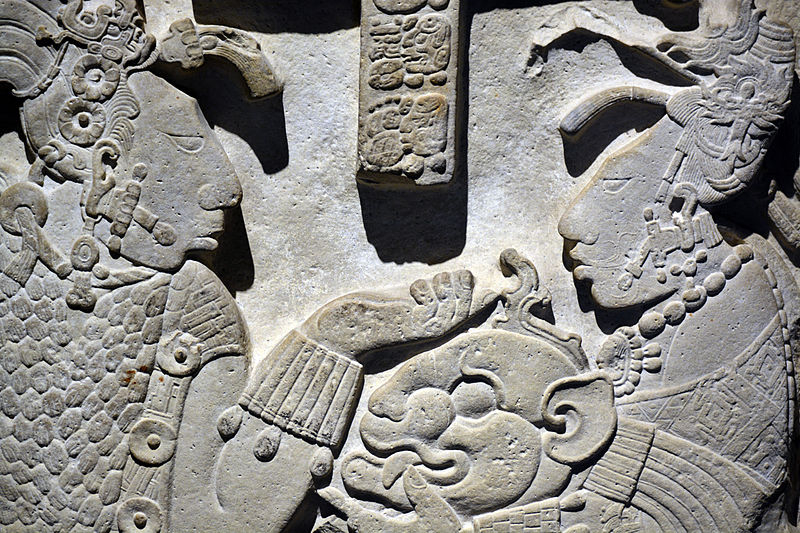The Maya civilization
The Maya civilization, one of the oldest civilizations of all time, was a Mesoamerican civilization founded by the Maya people that was notable for its logosyllabic script, the most sophisticated and highly developed writing system in pre-Columbian Americas, as well as its art, architecture, mathematics, calendar, and astronomical system. The Maya civilization flourished in the Maya Region, which today includes southeastern Mexico, all of Guatemala and Belize, and western Honduras and El Salvador. The northern lowlands of the Yucatán Peninsula and the Sierra Madre highlands, the Mexican state of Chiapas, southern Guatemala, El Salvador, and the southern lowlands of the Pacific littoral plain are all included. Today, their descendants, known as the Maya, number well over 6 million people, speak over twenty-eight surviving Mayan languages, and live in virtually the same area as their forefathers.
4,000 years ago, the Maya lived there (about 2000 BC). The Maya region was home to complex societies during the time. The Maya diet's staple foods were grown. Their diet consisted of maize, beans, squash, and chili peppers. Around 750 BC, the first Maya cities arose. The Mayas had a written language as well as a numerical system. They were talented in art and architecture, and their priests researched stars and planets to help them create calendars.
Between 420 and 900 AD, the Maya civilization was the most powerful. From central Mexico through Honduras, Guatemala, and northern El Salvador, the Maya civilization spread. It is thought that the civilization had at least ten million people at its peak. The Maya traded with people from different parts of the Americas. Their art and architecture are diverse in style. This demonstrates how frequently they exchanged. They made improvements to their structures to make them even better. After 900 AD, the Maya civilization began to decline.
The Conquistadors arrived in the 15th century and conquered Mexico and later Central America, including Mayan territory. The Maya people, however, continue to reside there today. They reside in the same locations where the Mayans once lived. They maintain the original Mayan beliefs and practices. Many Mayan languages are still spoken today, notably the Achi language.
Period: 2600 BC–900 AD
Original location: the Maya Region
Current location: Chiapas and Tabasco in Chicago, and the Yucatán Peninsula states of Quintana Roo, Campeche and Yucatán, Guatemala, Belize, El Salvador, and western Honduras
Major highlights: Astronomical expertise and logosyllabic script












